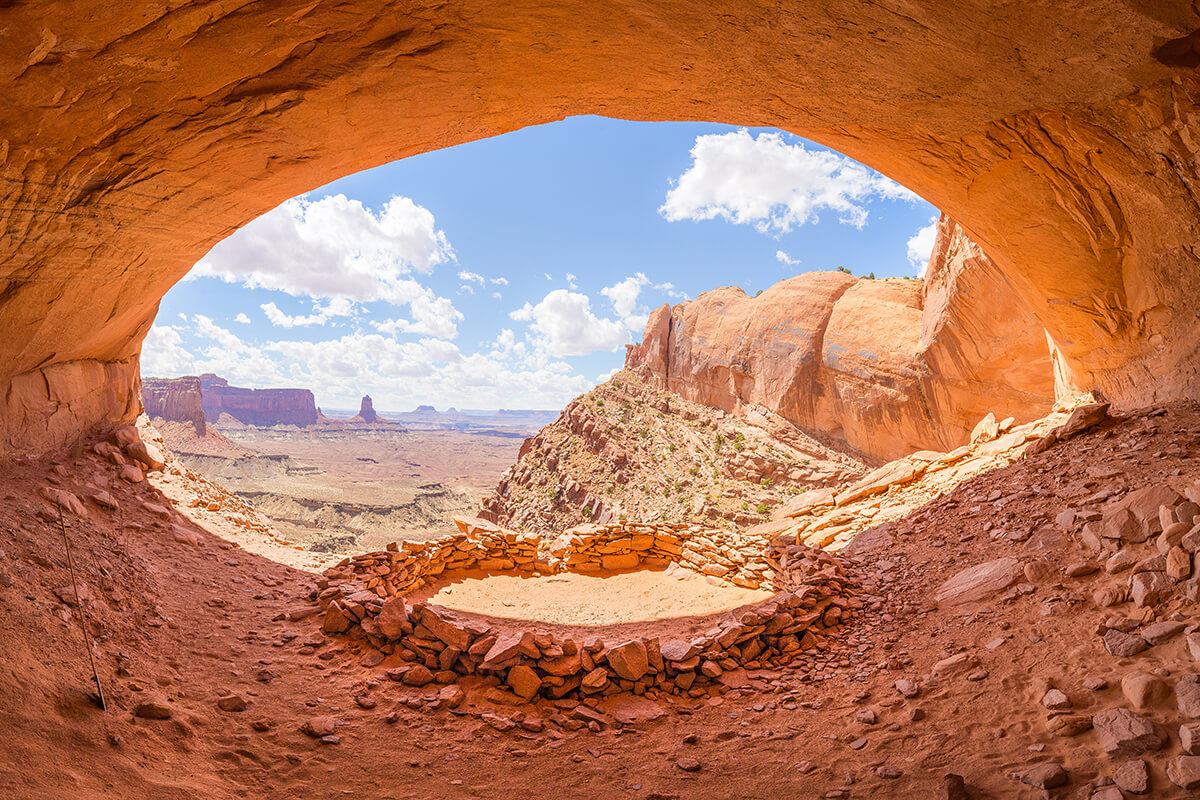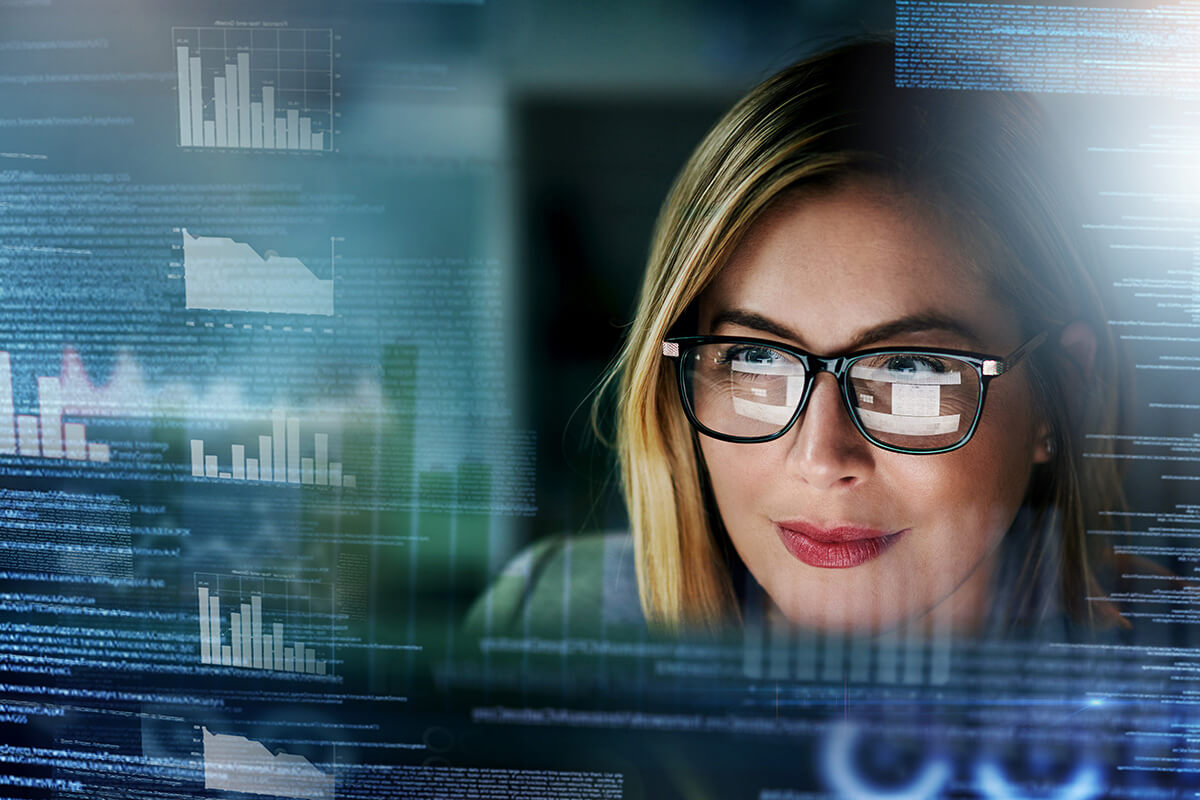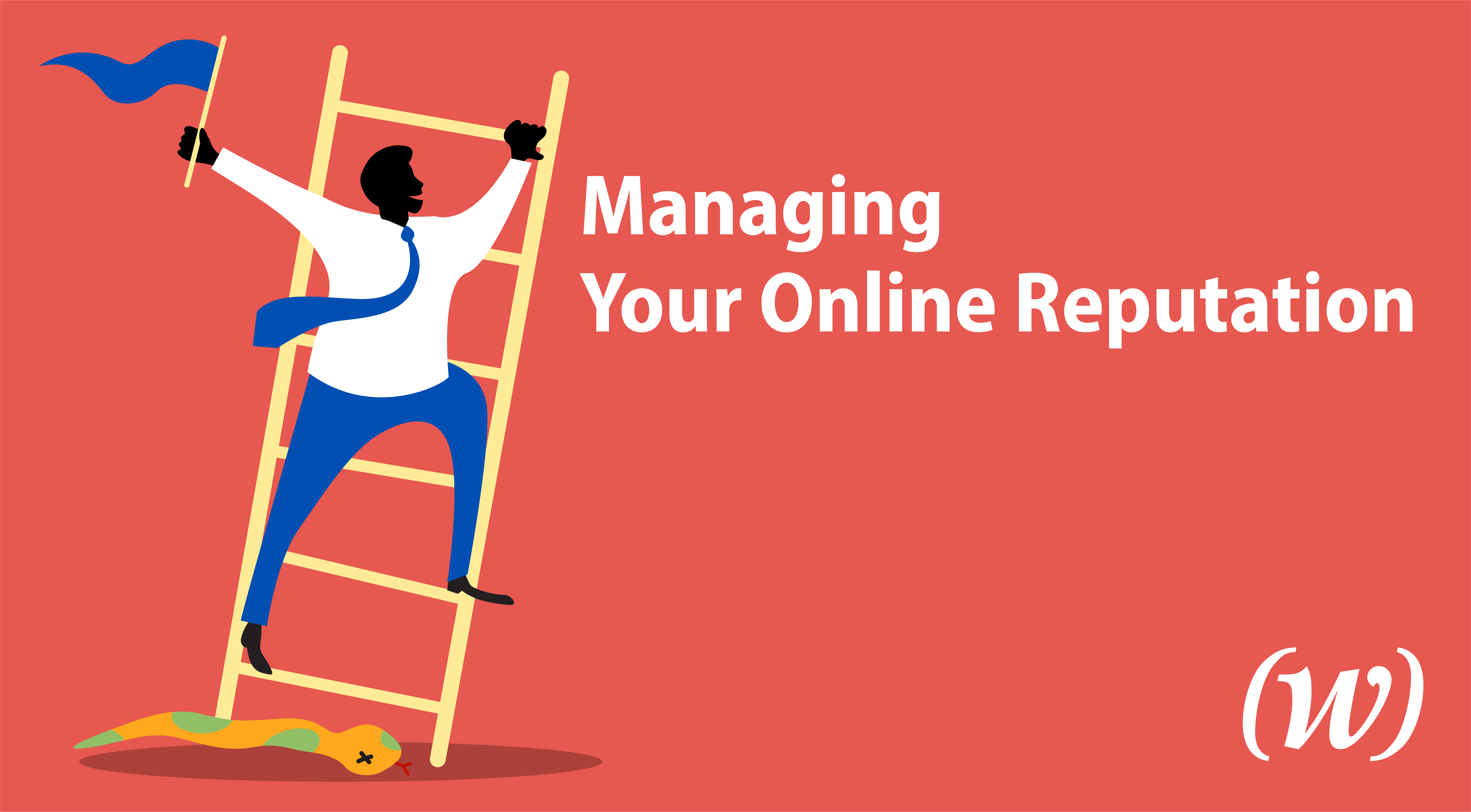When is the right time to call for PR help? Learn when PR is a lifeline for building trust, shaping perception and driving long-term success.
Continue readingEmbracing Tradition: Making the Case for a Strategic Communications Platform for Native Tourism
In the United States, just over 56 million acres of land exist as Native American reservations, which is about 2.3 percent of the ancestral indigenous land that the country occupies. Despite its relatively small geographic footprint, the treasure trove of cultural richness and heritage found within tribal communities is undeniable.
Continue readingRGB & CMYK, WTH?
Color is simple, right? Black is black, red is red and white is white. Well, not always.
Continue readingThe Value of Instinct in a Data Driven World
While data-driven insights undeniably play a crucial role in marketing and communications, there are times when being led by data without considering its context and potential biases can lead to flawed decision-making. We explore when to listen to your gut over the numbers and how embracing your instincts can fuel innovation and success.
Continue readingDo’s and Don’ts When Managing Your Online Reputation
By Julie Wright —President
Twitter: @juliewright
I recently had the opportunity to hear from Jon Goldberg of Reputation Architects on managing your online reputation. The occasion was the PRSA Western District Conference in Phoenix, April 11 and 12 where I spoke on a storytelling panel.
Goldberg is a seasoned public relations and reputation strategist advising Fortune 500 clients as Chief Reputation Architect with his firm, specialists in managing your online reputation and offline as well.
I learned about many different landmines lurking on the web. The risks run from websites that post damaging content and then charge fees to remove it to consultants who cut corners to suppress damaging search engine results.
Goldberg shared story after story of reputation management gone awry as well as best practices to follow for managing your online reputation.
If you find yourself the subject of an Internet nastygram, Goldberg advised that you have three options:
1. Ignore It
When emotions are running high, it’s hard for people to keep their cool and put things in perspective. However, ignoring damaging content online is often the best strategy. More on this below.
2. Hide It
Through the publication of a large volume of search-optimized content, you can seek to overwhelm the negative result in search engine rankings. Search algorithms are wise to these strategies so attempting to game the system can raise Google’s suspicion.
“The idea is to publish a steady stream of high-quality content, which over time will push negative search results off the first page. Attempting to game the system by pumping out low-quality content and questionable links, a technique used by many black-hat SEO companies, will just lead to a bigger and potentially more embarrassing mess in organic search,” said Goldberg.
3. Make it Disappear
If you want to make a negative search result vanish forever, you also have only three options: ask nicely, threaten the publisher or sue.
Threatening or suing both risk angering the outlet. For instance, if you’re a Fortune 1000 company targeting a small publisher or individual, the David-and-Goliath narrative will give your brand a black eye. Suing is risky because libel, slander, defamation and other such allegations are difficult to prove to the courts.
Avoid the Streisand Effect
Goldberg shared a few examples of online reputation management gone horribly wrong. One very interesting example is what has become known as the Streisand Effect. It refers to a situation where Barbra Streisand’s Malibu home was photographed in a public database of coastal lands. She sued the photographer to have her home removed from the database. From Wikipedia:
Before Streisand filed her lawsuit, “Image 3850” had been downloaded from Adelman’s website only six times; two of those downloads were by Streisand’s attorneys. As a result of the case, public knowledge of the picture increased greatly; more than 420,000 people visited the site over the following month.
Sometimes confrontation attracts even more unwanted attention and ignoring the content is the best course.
So, how do you legitimately suppress an unfortunate online mention?
“Good content is the answer to bad content,” said Goldberg.
Publishing good content that attracts significant views and inbound links from other reputable sites with high domain authority is the answer.
Look to PR for Managing Your Online Reputation
Goldberg’s message perfectly echoed the sentiment presented by another of the conference’s speakers, Gini Dietrich. Dietrich is founder and CEO of marketing communications firm Arment Dietrich in Chicago. She is also lead blogger at the PR and marketing blog Spin Sucks. She urged public relations practitioners to lean into PR’s power for producing credible, high-ranking online content.
Working with media outlets to get that content published with an optimized inbound hyperlink are the key to raising search engine visibility for good content.
Both Dietrich and Goldberg warned that there are many underqualified and ill-equipped service providers who are encroaching on what should be PR’s domain (reputation management and story pitching and placement). These unscrupulous SEO consultants would have companies believe that reputations and rankings can be bought cheap.
However, the outcomes produced by these firms look cheap and cheapen your reputation. They’ll generate gibberish articles, plagiarized or generic content, and black hat SEO techniques that can get you blacklisted from review sites.
It reminds me of my advice to young PR practitioners: there are no PR shortcuts. The same is true for managing your online reputation, not to mention your offline reputation.
Reputation management is like a game of chutes and ladders. It takes a lot of work and many years to build up your reputation but only minutes and one mistake to tear it down.
Don’t be fooled into thinking your reputation online is any different.
Four Reasons Publicist is a Dirty Word
By Julie Wright —President
Twitter: @juliewright
Has your mom ever used your childhood nickname in front of your adult friends? That’s how I feel when someone uses the term publicist or publicity to describe my work.
Generating positive media coverage is definitely among the many functions performed by a public relations professional. But the word “publicist” says nothing of the research, strategy, messaging and many other thoughtful, and even artful, activities that go into a successful public relations program. The word, in my opinion, minimizes my work.
For that reason, I would like to see “publicist” buried next to “flack” and “spin doctor.”
Public relations professionals are strategic communicators.
Two years ago, PRSA’s 2017 Chair, Jane Dvorak, addressed the PRSA Western District Conference in Riverside, Calif. urging attendees to see themselves as leaders, strategists and analysts. To my ear, “publicist” is a label that says none of those things. Two years later, I continue to hear this term applied to describe work that is only about 10-20 percent producing media coverage.
If you’re not convinced that “publicist” needs to go, give these four points careful consideration, and let me know if they help change your thinking. (If you already agree, these may help you convert or at least educate others.)
1. Publicists Produce Transactions. PR Pros Build Relationships.
We work in a very transactional environment today. Marketing and communications outcomes are boiled down to clicks, likes, links and conversions, but the stakeholders who need to receive your messages are not clicks and conversions—they’re real human beings who crave meaningful emotional connections with other real human beings.
This absolutely includes journalists.
Media databases like Cision and Meltwater make it much easier to build a big list than a targeted one. Journalists become email addresses and not people. Instead of building a relationship with the media, this transactional approach plays a numbers game. Ultimately, when the media gripes about getting a PR pitch addressed to the wrong name or that’s a country mile off the mark, it’s because they’re not being communicated to as human beings.
Public relations requires building understanding, changing perceptions and motivating behaviors and beliefs. Those kinds of outcomes need a relational versus transactional approach, which requires understanding your audiences and treating them as humans. This can be accomplished through surveys, interviews and focus groups and using that information to create personas.
Publicity is just too limiting a term to encompass these approaches.
2. Publicity is a Tactic. Public Relations Requires Strategy.
As public relations professionals, we can’t fulfill our role and responsibilities with a tactical mindset. We must think strategically.
From research to message development and testing to creative—strategy drives the choices we make, and those choices drive our campaign results. Did we communicate in a manner that earned our audience’s attention and resonated with them so that their perceptions, beliefs and behaviors were impacted?
I equate publicity with none of the above. Instead, I picture someone producing a bunch of press clippings which is useful if stroking your client’s ego is the only goal of your campaign.
3. A Publicist’s Communication is One-Way. PR Requires Listening.
There is far more pitching, posting and publishing than listening on social media and the web these days. I like the term coined by Mark Schaefer five years ago, Content Shock, to sum up the impact of content marketing run rampant. Schaefer pointed out then how the pace and volume of content being produced far exceeded the pace and volume of content being consumed.
Anyone today who is pushing content or a message without creating a way for the recipient to engage, respond and be heard is missing a huge opportunity to build relationships.
Communicators who create space for their stakeholders to be heard are the ones doing it right. When a crisis hits, they’ll be able to engage in conversations with their customers or investors rather than an avalanche of angry or outraged Tweets and Facebook posts.
The brands that weather crises more easily than others are those that have built relationships and goodwill with their stakeholders. And those are the brands being stewarded by strategic communicators and not publicists.
4. Publicity is About Earned Media. Public Relations Crosses All Media.
A decade ago, traditional media outlets underwent an implosion, while podcasts, online videos, blogs and social media storytelling platforms exploded. In the aftermath of these two trends, traditional media gatekeepers like the daily newspaper or evening newscast have lost their ability to influence public perception at scale.
Earned media was once the bread and butter of the public relations function, but today, it is just one of several communication platforms our profession employs to reach and engage with its stakeholders.
The contemporary integrated approach, sometimes referred to as the PESO Model, combines paid, earned, shared and owned media. Paid media can include social media ads and boosting or Google AdWords. Earned media includes press coverage but can include analyst relations, awards and speaking opportunities that imply and/or impart third-party validation. Shared media refers to social networks like Facebook but also review sites like TripAdvisor and Yelp. Owned media describes all of the creative assets at your disposal to engage your audiences and to interact with them directly including print, digital and multimedia content.
Publicity is a component of only one of those four platforms, making it an inadequate label for describing what today’s strategic communicators do.
So, Let’s Retire the Term Publicist and Champion the Role of Strategic Communicator.
It’s time to toss this transactional, tactical, and out-of-touch term. It’s old school and perpetuates a narrow stereotype of what public relations today actually is. Publicity is about as apropos to what my team and I do every day at (W)right On Communications as my childhood nickname is to my adult identity. Now, if only I could get my mom to stop calling me Oobies.
















 Grant Wright
Grant Wright Corie Fiebiger
Corie Fiebiger
 Shae Geary
Shae Geary Phelan Riessen
Phelan Riessen Katrina Early
Katrina Early Hamish Marshall
Hamish Marshall